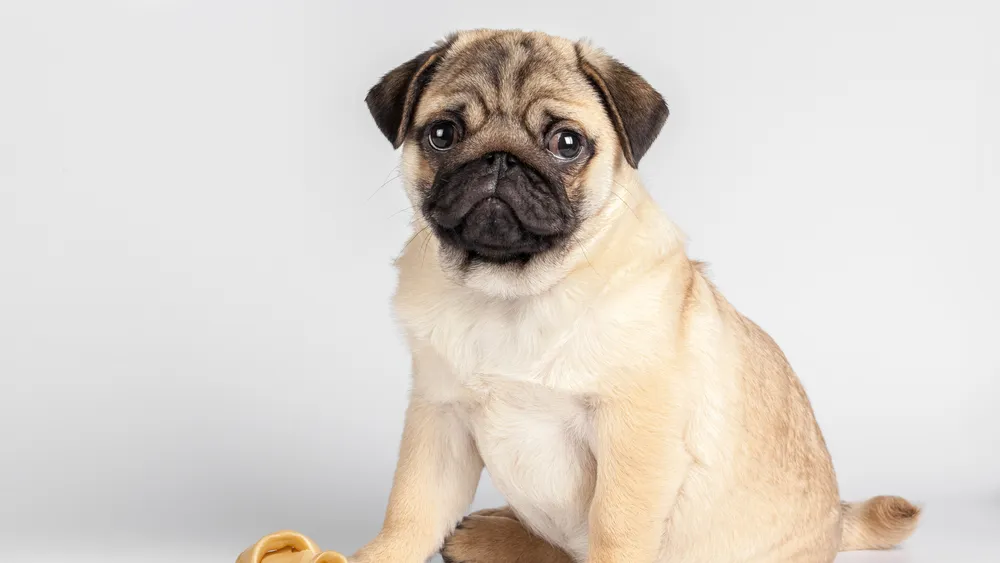Introducing a new puppy to an older dog can be an exciting and challenging experience. While it's true that puppies are generally social creatures, older dogs may not always be as welcoming as expected. It's important to take the time to properly introduce the two dogs to ensure a smooth transition.
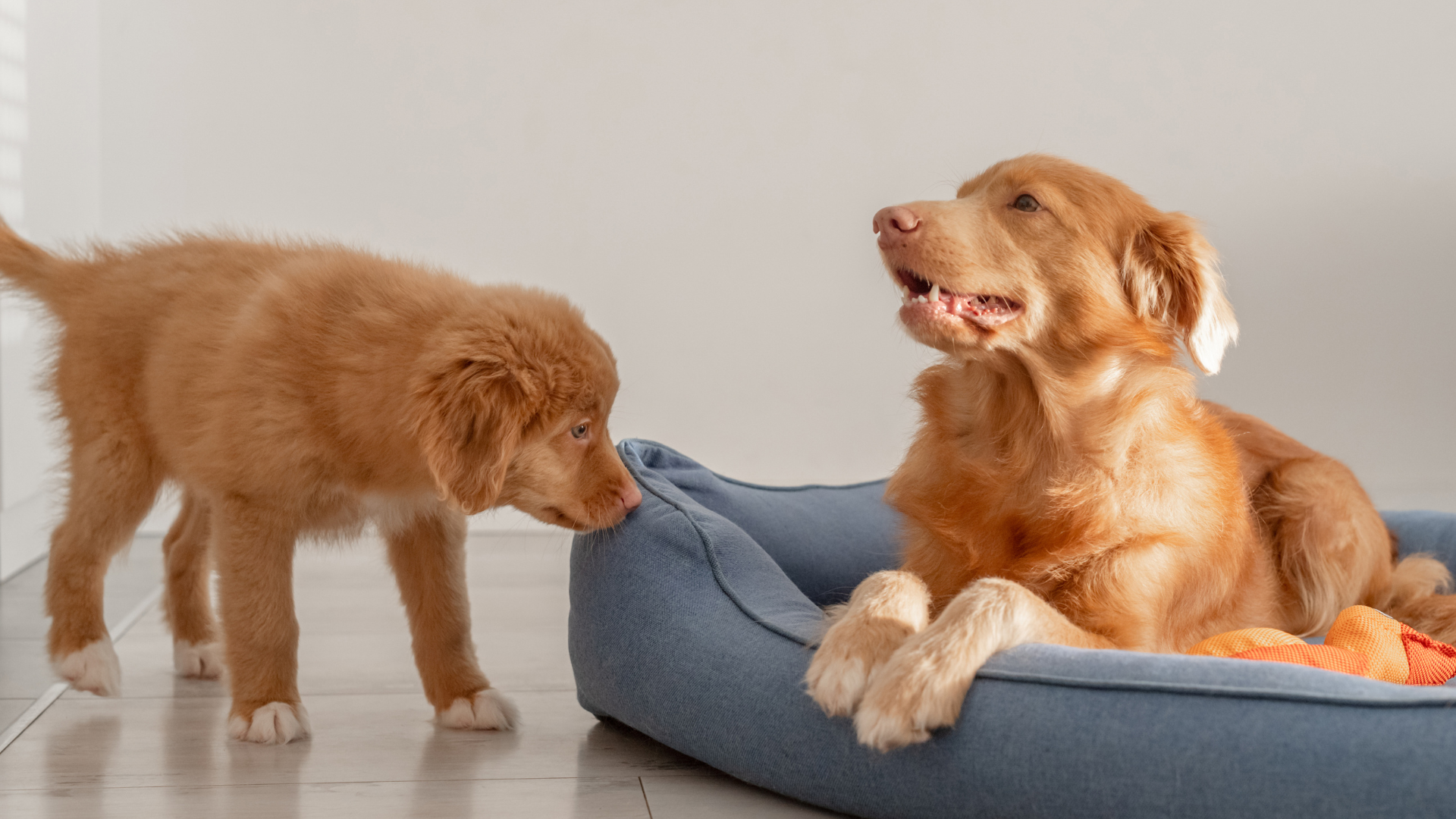
One of the most important things to consider when introducing a puppy to an older dog is the environment. It's best to choose a neutral space where neither dog feels territorial or threatened. A park or a friend's backyard are good options. It's also important to supervise the dogs closely during the initial introduction to ensure that neither dog becomes aggressive or overly excited.
Another key factor in introducing a puppy to an older dog is to take things slowly. The process should be gradual, allowing the dogs to get to know each other at their own pace. It's a good idea to keep the dogs separated for the first few days, allowing them to sniff and interact through a baby gate or a crate. This will help them become familiar with each other's scent and presence without the risk of physical contact.
Understanding Canine Socialization
The Importance of Social Hierarchies
When introducing a new puppy to an older dog, it is important to understand the concept of social hierarchies in dogs. Dogs are pack animals and naturally form social hierarchies within their group. This hierarchy is established through a series of social interactions and is based on dominance and submission.
It is important to establish and maintain a clear hierarchy between the puppy and the older dog. This can help prevent potential conflicts and create a harmonious living environment for both dogs. It is also important to note that the older dog may feel threatened by the arrival of the new puppy, so it is crucial to establish a clear hierarchy from the beginning.
Puppy Socialization Stages
Puppies go through several socialization stages as they grow and develop. These stages are critical for their social and emotional development and can have a significant impact on their behavior as adult dogs.
The first socialization stage occurs between 3 and 12 weeks of age. During this stage, puppies learn to interact with other dogs and humans. It is important to expose puppies to a variety of people, animals, and environments during this stage to help them develop into well-adjusted adult dogs.
The second socialization stage occurs between 12 and 16 weeks of age. During this stage, puppies become more independent and start to explore their environment. It is important to continue exposing puppies to new experiences during this stage to help them develop confidence and independence.
In conclusion, understanding canine socialization is crucial when introducing a new puppy to an older dog. Establishing a clear hierarchy and exposing the puppy to a variety of experiences during their critical socialization stages can help ensure a positive relationship between the two dogs.
Preparing for the Introduction
Introducing a new puppy to an older dog can be a challenging task, but with proper preparation and some patience, it can be a smooth and successful process. This section will outline some essential steps to take before introducing the two dogs.
Health and Safety Precautions
Before introducing a new puppy to an older dog, it is crucial to ensure that both dogs are healthy and up-to-date on their vaccinations. A visit to the veterinarian is recommended to check for any underlying health issues that may cause problems during the introduction.
It is also essential to take some safety precautions to prevent any injuries or accidents during the introduction. One way to do this is to keep both dogs on a leash during the first meeting. This will allow the owner to control the situation and prevent any aggressive behavior from either dog.
Performing a fecal exam a few days before the introduction is also recommended. Both dogs should test negative for any parasites or infections to avoid the spread of disease.
Creating a Neutral Environment
To make the introduction easier, it is best to create a neutral environment for both dogs. This means introducing them in a location that neither dog considers their territory. A neutral location can be a park or a friend's backyard.
It is also recommended to remove any toys or food bowls from the area to prevent any territorial behavior from either dog. Providing a comfortable space for each dog to retreat to is also essential. This can be a separate room or crate where each dog can have their own space.
By taking these steps to ensure the health and safety of both dogs and creating a neutral environment, the introduction process can be a positive and successful experience for both the puppy and the older dog.
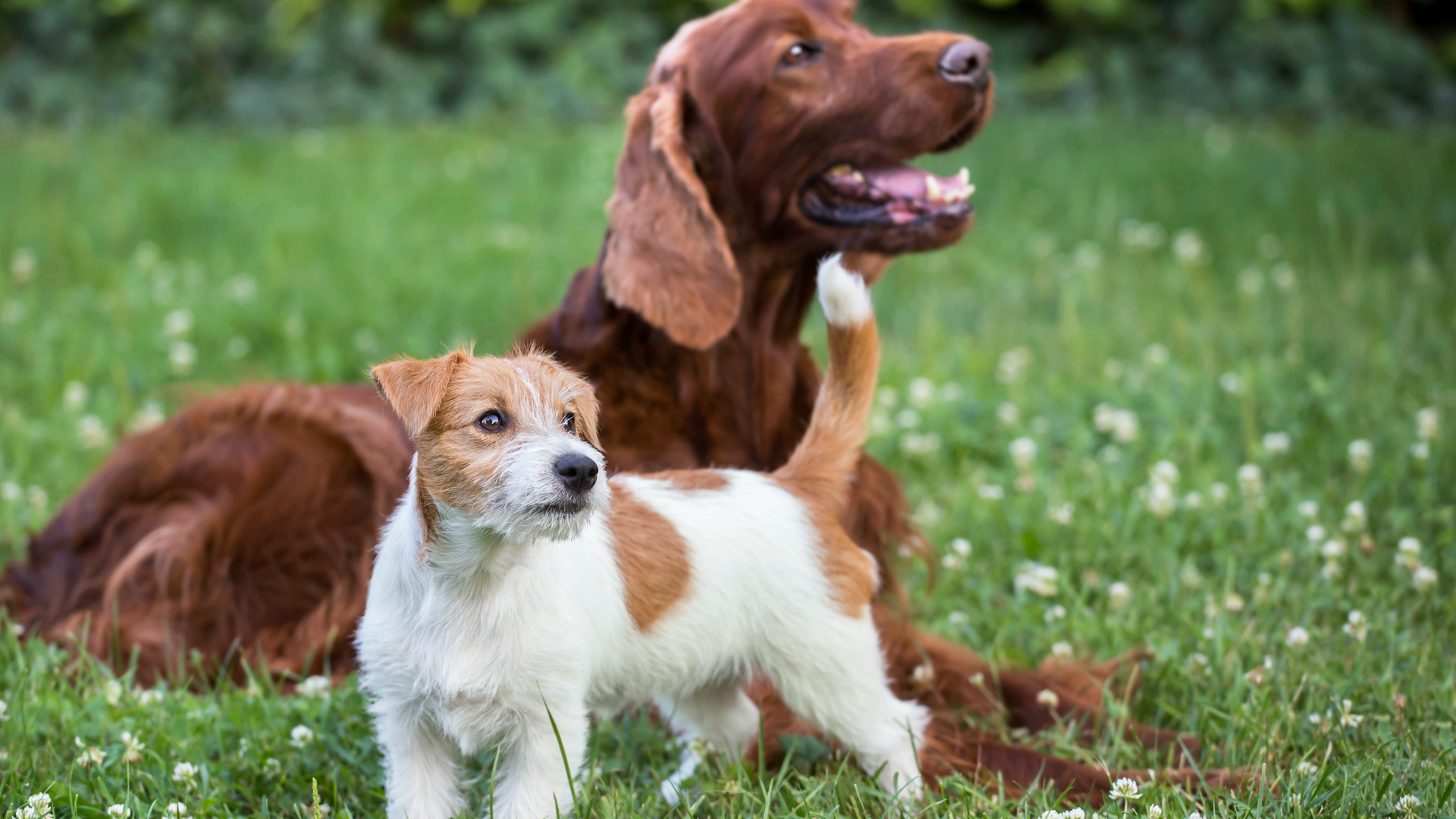
First Meeting Guidelines
Introducing a puppy to an older dog can be a delicate process that requires careful planning and execution. The first meeting between the two dogs is crucial and can set the tone for their future interactions. Here are some guidelines to follow to ensure a successful first meeting.
Controlled Introduction
The first meeting between the puppy and the older dog should be in a controlled environment. It is recommended to introduce the dogs in a neutral location, such as a park or a friend's backyard. Both dogs should be on a leash and under the control of their respective owners. This will prevent any unexpected behavior and allow the owners to intervene if necessary.
Reading Body Language
It is essential to read the body language of both dogs during the introduction. Signs of aggression or discomfort should not be ignored. Some common signs of aggression in dogs include growling, baring teeth, and stiff body posture. On the other hand, signs of discomfort include avoiding eye contact, hiding behind the owner, or cowering. If any of these signs are observed, it is best to separate the dogs and try again at a later time.
Intervention Techniques
If the dogs show signs of aggression or discomfort, there are several intervention techniques that can be used. One technique is to distract the dogs with a toy or treat to redirect their attention. Another technique is to separate the dogs and allow them to calm down before trying again. It is crucial to remain calm and assertive during the introduction and avoid punishing or scolding the dogs.
By following these guidelines, the first meeting between a puppy and an older dog can be a positive experience for both dogs. Remember, patience and consistency are key to a successful introduction.
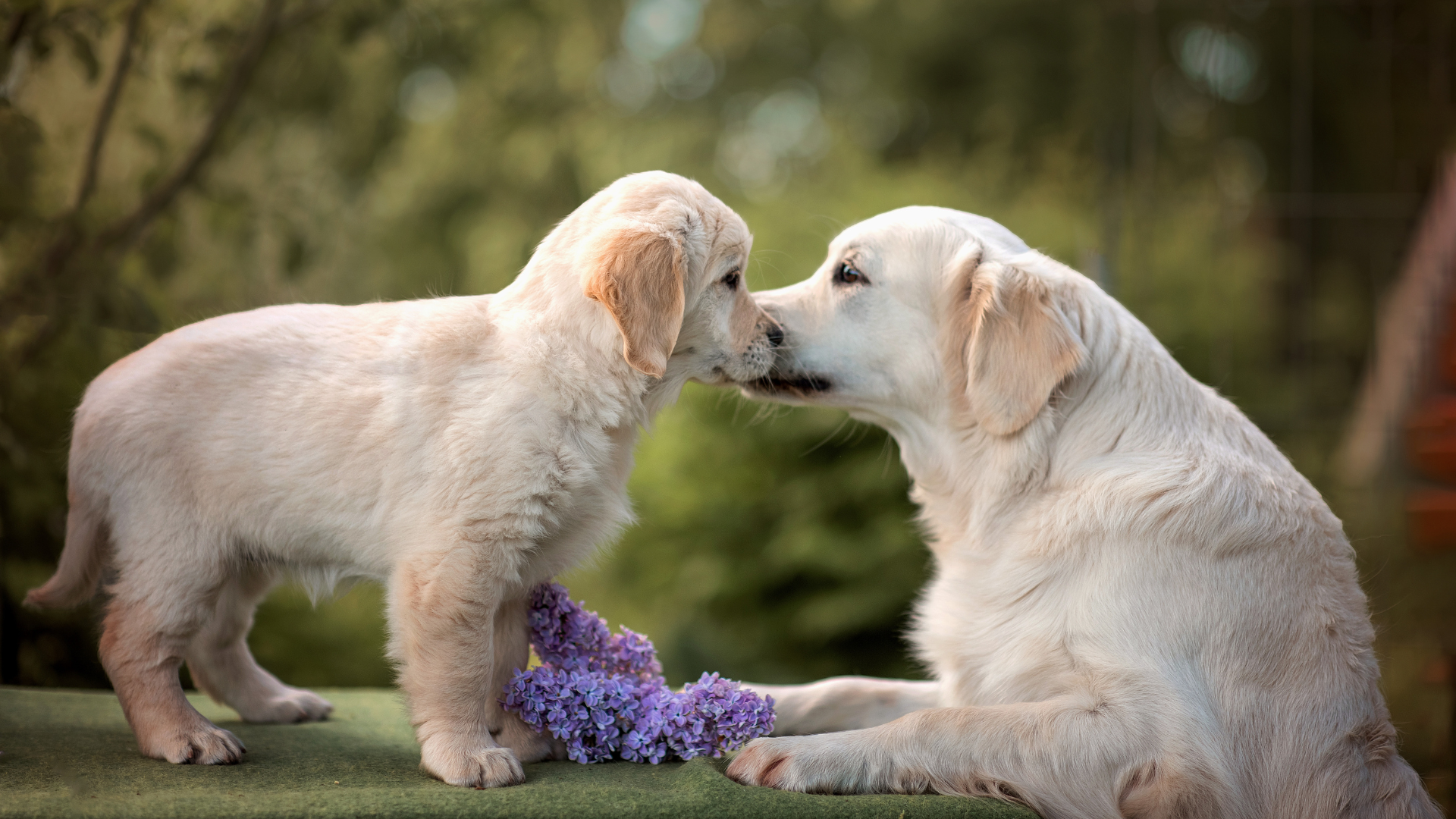
Post-Introduction Strategies
After successfully introducing a new puppy to an older dog, it is important to establish post-introduction strategies to ensure a smooth transition for both dogs. Here are some effective post-introduction strategies:
Supervised Interactions
Supervised interactions between the two dogs are crucial during the first few weeks after the introduction. Keep an eye on their behavior and intervene if necessary. If the older dog shows signs of aggression or dominance, separate the dogs and try again later. It is important to remember that the older dog may need time to adjust to the new puppy, so be patient and keep the interactions short and positive.
Establishing a Routine
Establishing a routine for both dogs can help them adjust to their new living situation. This includes feeding them at the same time, taking them for walks together, and providing separate sleeping areas. A routine can also help prevent any conflicts between the two dogs, as they will know what to expect from each other.
Positive Reinforcement Training
Positive reinforcement training is an effective way to encourage good behavior from both dogs. Reward them with treats and praise when they interact positively with each other, and redirect their attention if they show signs of aggression or dominance. This can help create a positive association between the two dogs and reinforce good behavior.
By implementing these post-introduction strategies, you can help ensure a smooth transition for both dogs and create a positive living environment for everyone involved.
Ongoing Socialization and Training
Introducing a new puppy to an older dog is just the beginning of a long process of socialization and training. Here are some tips to help ensure that your dogs continue to get along well and that your puppy grows up to be a well-behaved adult.
Regular Exercise and Playtime
One of the most important things you can do to help your dogs get along is to provide them with plenty of exercise and playtime. This will help them bond with each other and will also help to alleviate any excess energy that might lead to destructive behavior.
Take your dogs on regular walks together, and encourage them to play with each other. You might also consider taking them to a dog park or hiring a dog walker if you have a busy schedule.
Continued Obedience Training
It's important to continue training your puppy even after they have become accustomed to their new home and family. This will help to reinforce good behavior and will also help to prevent any bad habits from forming.
Consider enrolling your puppy in an obedience class or working with a professional dog trainer. This will help to ensure that your puppy learns basic commands and good manners. You might also consider using positive reinforcement techniques, such as treats and praise, to encourage good behavior.
In summary, ongoing socialization and training are essential to ensuring that your dogs continue to get along and that your puppy grows up to be a well-behaved adult. By providing your dogs with regular exercise and playtime and by continuing to train your puppy, you can help to ensure that your dogs live together happily and harmoniously.
Troubleshooting Common Issues
Introducing a new puppy to an older dog can be a challenging process, and it's not uncommon for issues to arise. Here are some common problems that may occur during the introduction process and how to troubleshoot them.
Jealousy and Resource Guarding
One of the most common issues when introducing a new puppy to an older dog is jealousy and resource guarding. Older dogs may become territorial and protective of their belongings, such as toys, food, and sleeping areas. This can lead to aggressive behavior towards the new puppy, such as growling, snapping, or biting.
To prevent this issue, it's important to establish clear boundaries and rules for both dogs. Make sure each dog has their own space, such as separate sleeping areas and food bowls. Supervise both dogs during playtime and mealtime to ensure that there are no conflicts. If the older dog shows signs of aggression towards the puppy, remove the puppy from the situation and try again later.
Fear and Aggression Management
Another common issue is fear and aggression management. Puppies are often full of energy and may want to play with the older dog, but the older dog may not be interested in playing. This can lead to frustration and aggression from the puppy, such as biting or nipping.
To prevent this issue, it's important to supervise playtime and teach the puppy appropriate behavior. If the puppy becomes too aggressive, redirect their attention to a toy or treat. If the older dog shows signs of fear or aggression towards the puppy, such as growling or barking, remove the puppy from the situation and try again later.
Overall, introducing a new puppy to an older dog requires patience, supervision, and clear boundaries. With the right approach, most dogs can learn to coexist peacefully and even become best friends.
Monitoring Progress and Adjustments
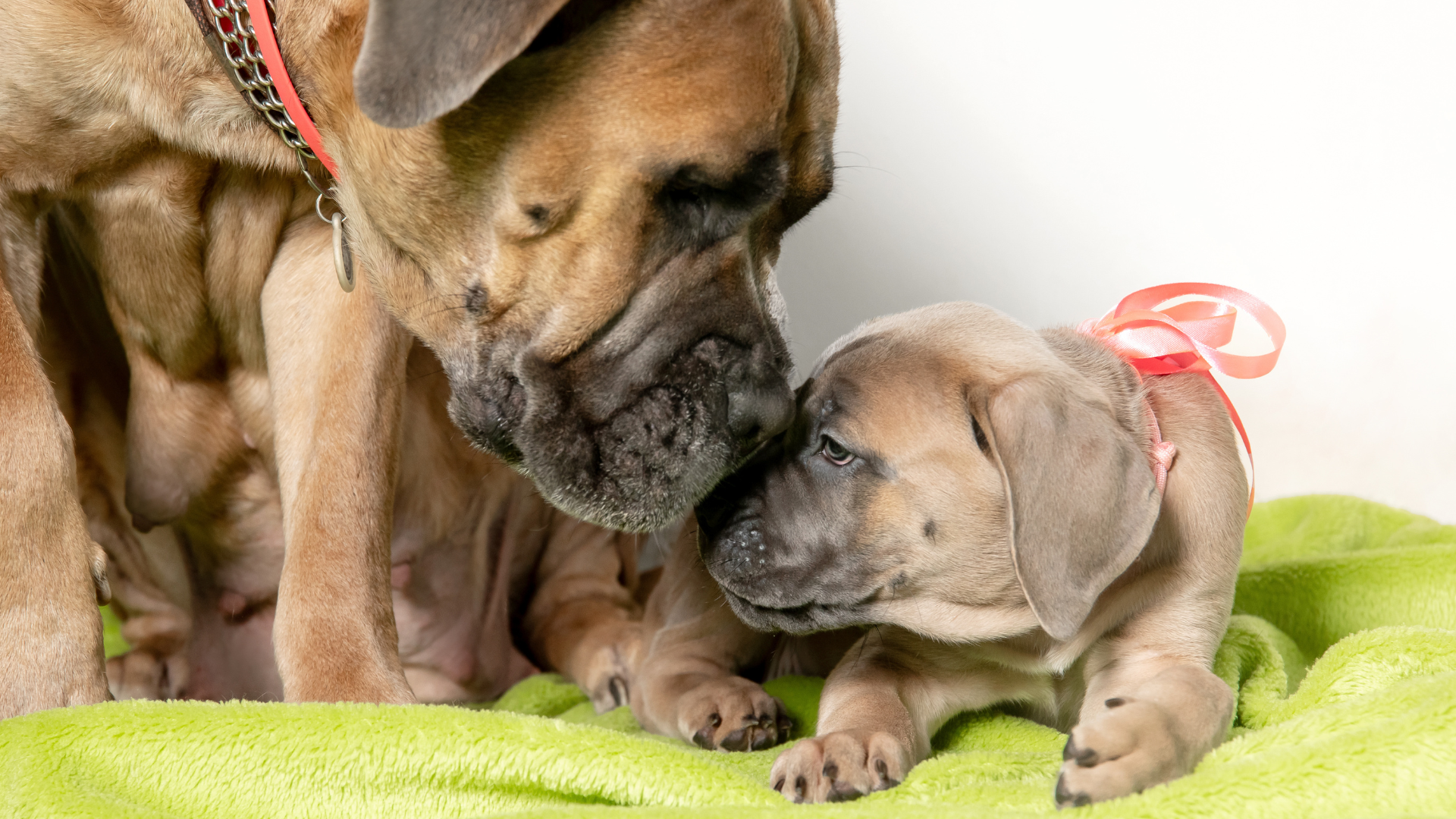
Behavioral Observation
Once the older dog and the puppy have been introduced, it is important to monitor their behavior towards each other. This can help identify any potential issues that may arise during the introduction process.
Some signs of positive behavior include tail wagging, playfulness, and relaxed body language. On the other hand, signs of negative behavior include growling, barking, and aggressive body language. If any of these negative behaviors are observed, it is important to separate the dogs and try a different introduction method.
It is also important to monitor the puppy's behavior towards the older dog. Puppies can be overly enthusiastic and may not understand boundaries, which can lead to negative behavior from the older dog. If the puppy is being too rough or aggressive towards the older dog, it may be necessary to separate them and try a different introduction method.
Adjusting the Introduction Process
If any negative behavior is observed during the introduction process, it may be necessary to adjust the process to ensure a successful introduction. This can include increasing the distance between the dogs, limiting the amount of time they spend together, or introducing them in a neutral location.
It is important to take things slow and not rush the introduction process. Some dogs may take longer to adjust to a new puppy than others, and it is important to be patient and allow them to adjust at their own pace.
Overall, monitoring the behavior of both the older dog and the puppy, and adjusting the introduction process as necessary, can help ensure a successful and positive introduction between the two dogs.
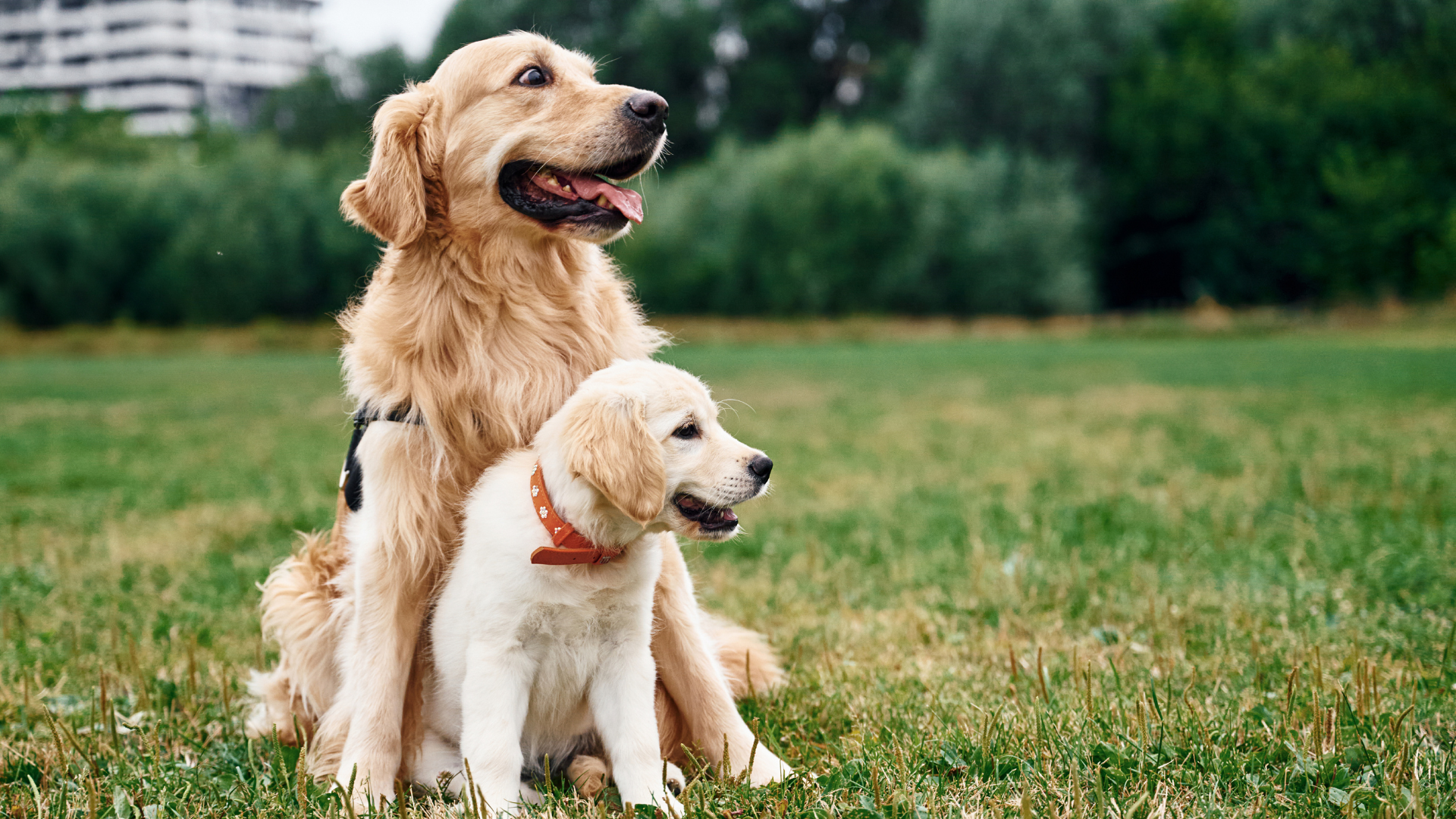
Conclusion:
Successfully introducing a new puppy to an older dog requires patience, understanding, and a strategic approach. Key steps include choosing a neutral environment for their first meeting, closely observing their body language, and gradually increasing their interaction time. Supervised interactions and positive reinforcement are crucial in the early stages to foster a harmonious relationship.
Adjustments may be needed based on their responses to each other. With careful management and a commitment to their ongoing socialization and training, these initial efforts can lead to a rewarding relationship between the puppy and the older dog, enriching the lives of everyone involved.
More Puppy Articles:



